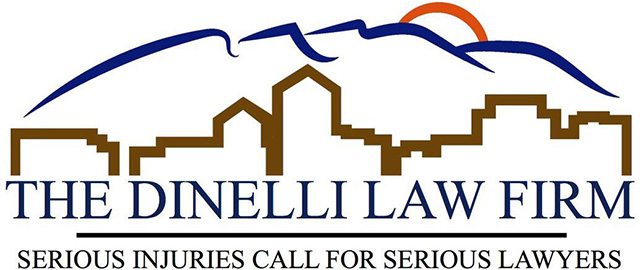While car accidents differ in many aspects, two main factors remain the same; the driver and the vehicle.
Though it’s ultimately every driver’s responsibility to safely and competently operate a vehicle, driver assistance and safety features in newer vehicle models can help immensely.
As the National Highway Traffic and Safety Administration (NHTSA) reports, a vast majority of crashes are attributed to human error. Additionally, The Motor Vehicle Department reports that at any given time, there are 660,000 U.S. drivers driving distracted. Driver assistance technologies aim at reducing both of these issues, supporting a progression of safer, smarter driving, and one that NHTSA believes “could greatly reduce motor vehicle crashes and their resulting deaths and injuries.”
It’s for these reasons and more that the NHTSA not only approves of such technologies, but also supports their advancement.
Smart Technology, Safer Driving
The Dinelli Law Firm works diligently to inform New Mexicans of ways in which they can be safer drivers and reduce the risk of being involved in a crash. So, if you’re shopping for a new vehicle, consider one with these safety features, which will not only help to keep you safe, but your passengers and pedestrians safe, too:
Blind Spot Detection (BSD)
It’s called a blind spot for a reason. However, blind spot detection systems help notify you if there’s a vehicle adjacent to you in the nearest lanes. Whether by an audio or visual warning, this feature helps drivers execute safe lane changes.
Automatic Emergency Braking (AEB)
This system detects an imminent collision with a vehicle or pedestrian and helps avoid it with a two-step process. First, it will alert the driver to take action. Secondly, if the driver does not take action, it will respond by automatically applying the breaks. This helps reduce the possibility or severity of a crash.
Backup Camera (RVS)
Also referred to as a rearview video system, a backup camera provides an image of the area behind the vehicle to help drivers safely reverse or back out of a parking spot. Most systems operate by analyzing a designated zone around the vehicle to determine how much safe space is available, and will alert the driver if it detects an object such as vehicle or pedestrian crossing.
Lane Assist (LDW & LKS)
This system usually consists of two counterparts; lane departure warning (LDW) and lane keeping support (LKS). LDW will alert the driver if they go into an adjacent lane without using their turn signal. Similarly, LKS corrects steering and helps the driver back into the center of the lane. The two normally work together, performing both features at once.
Forward Collision (FCW)
Senors around the vehicle help monitor its speed, the speed of the vehicle in front of it, and the distance between the two. If the FCW system detects that the vehicles are too close, it will warn the driver of an impending crash and reduce its speed.
It’s important to remember that these systems do not take full control of the vehicle or prevent the driver from operating it, but rather assist the driver and help keep them in command.
The Dinelli Law Firm Will Fight for You
Of course, driver assistance and safety technologies don’t entirely eliminate the risk of being involved in an accident, but they do decrease them. Despite many new vehicles with these advanced teaching features on New Mexico roads, crashes still happen every day. If you’re a victim, call the Albuquerque car accident attorneys who are determined to fight for you—The Dinelli Law Firm at (505) 582-2157.
